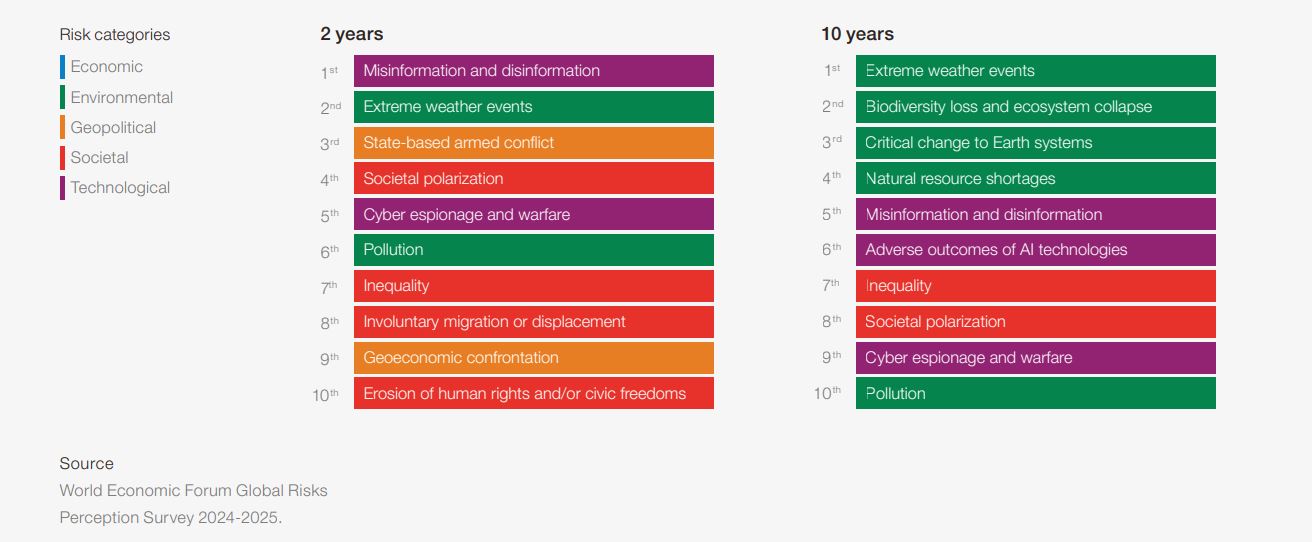Climate changesocial inequality, scarcity of resources and geopolitical uncertainties - The challenges of our time are no longer abstract future scenarios, but rather Real business risks. At the same time Regulatory pressure and social expectations rapidly. Who in this mixed situation Sustainability as a compulsory task or an addition to existing structures, misses the Opportunity for strategic renewal. Because: Sustainability and innovation are mutually dependent and together they enable Real transformation.
🔍 Global Risk Report 2025 - World Economic ForumClimate risks, social instability and disinformation are among the top threats of the coming years.

Table of contents
Why sustainability often fails
Sustainability strategies do not fail due to the realisation that something needs to be done. They usually fail because of the invisible brakes in the system:
Cultural barriers: In many organisations, sustainability is still seen as an "external issue" rather than an integral part of the core business. Silo thinking, a lack of accountability and a corporate culture that focuses on efficiency rather than learning and development hinder change.
Lack of innovation culture: Many companies are strong in optimising existing processes, but not in daring to try something new. Without room for creative thinking, experimentation and the accepted risk of failure, sustainability remains an additive compliance factor rather than a driver of innovation.
Short-term thinking and path dependencies: Return cycles, target agreements and reporting obligations are usually based on quarters, while sustainable impact takes years. In addition, ingrained thinking and decision-making logics as well as historically evolved processes and business models often block change. These path dependencies act as invisible barriers that make change difficult despite good intentions.
Lack of strategic orientation and systemic approach: Sustainability often remains piecemeal if it is not integrated into an overarching corporate strategy. Without a systemic view of interactions, conflicting goals and transformation paths, change remains superficial and innovation potential remains unutilised.
🔍 BCG Innovation Study 2024More than 70 % of companies worldwide cite a lack of strategic clarity as the main obstacle to innovation, especially in transformation projects related to sustainability.
If you want to do business sustainably today, you can't just make operational adjustments. We need to actively rethink the cultural, strategic and structural framework.Innovation is not an add-on, but the driving force behind real transformation.
Methods and best practice for sustainability in your mailbox

How sustainability drives innovation and vice versa
The connection of Sustainability and innovation can be considered from several perspectives. They are mutually dependent and can reinforce each other.
1. sustainability as a driver of innovation
When sustainability is considered as a strategic framework, new business impulses are created:
- New partnerships, a sense of purpose and interdisciplinary work promote creativity.
- Future topics such as the circular economy, climate positivity and social justice inspire new products and services.
2. innovation as a lever for sustainability
Transformation does not succeed through optimisation alone, it requires disruptive approaches:
- New business models such as "Product-as-a-Service" or platform solutions enable resource-efficient growth.
- Digital ESG-solutions improve transparency, impact measurement and control.
- Innovations help to proactively address regulatory pressure instead of reactively chasing after it.
3. internal transformation
Sustainable innovation begins within the organisation:
- Sustainable innovation also affects processes: CO₂ monitoring in real time, agile ESG management or digital impact measurement.
- An innovation-friendly culture with psychological security and a focus on learning is crucial.
🔗 In-depth tip: We show how companies can use business model innovation to shape sustainable transformation in the article"Sustainable business models: 8 strategies & 4 practical examples".
Four phases of sustainable innovation: a practical model
Based on experience from innovation consulting, elements of the Design Thinking and principles of Circular Economy we have developed a practical 4-phase model:
Phase 1 - Understanding & idea generation
The aim of this phase is to understand sustainability not just as a goal, but as a starting point for innovation processes. Companies analyse their environment, identify ESG levers and develop initial fields of innovation with sustainability potential.
- Focus: Where is the potential?
- Activities: Stakeholders-workshops, trend analyses, ESG opportunity assessment and ideation in teams
- Result: Fields of innovation with sustainability leverage
Phase 2 - Enabling & prototyping
In this phase, the organisational and personnel requirements are created in order to implement sustainable innovation in a targeted manner. In particular, this includes ensuring that the company management is united behind the innovation process, that responsibilities are clearly defined and that sufficient resources are available. With the help of specific pilot projects and clearly defined impact KPIs, the first sustainable solutions can be tested and further developed in practice.
- Focus: Enabling and testing innovation
- Activities: Involve management team, secure freedom & resources and impact-orientated pilot projects
- Result: Validated prototypes & willingness to innovate within the company
Phase 3 - Scaling & anchoring
The solutions developed are now being integrated into processes, supply chains and structures. At the same time, the corporate culture is being further developed and an impact measurement system established.
- Focus: Making sustainable innovation big
- ActivitiesChange programmes, process integration, supply chain transformation, digital tools and/or impact monitoring
- ResultNew solutions, changed culture, structured anchoring
Phase 4 - Learning & development
Sustainable innovation is not a one-off project. Companies create routines for feedback and strategic development.
- Focus: Maintaining momentum
- Activities: Feedback loops, lessons learnt, strategic review of innovation and sustainability goals
- Result: A learning, innovative organisation with sustainability as a driver
This model supplements existing innovation processes with ESG-relevant aspects and is just as suitable for traditional companies as it is for start-ups or social organisations.

Why sustainable innovation pays off
The companycompanies that see sustainability as a driver of innovation benefit on several levels: They open up new markets and target groupsas sustainability is increasingly influencing purchasing and investment decisions. They will more attractive for skilled labourespecially for young talents who expect meaning and responsibility. They are more resistant against regulatory and climate-related risks. And they reduce their dependence on resourceswhich is not only ecologically but also economically advantageous.
🔍 Accenture & UNGC CEO Study 2023Over 98 % of the CEOs surveyed recognise sustainability as an integral part of business success. The majority report that sustainable innovations help to open up new sources of revenue and secure competitive advantages.
Conclusion: transformation needs innovation
The world is at a crossroads. Every tenth of a degree of global warming, every delay in the transformation means higher costs, social tensions and economic instability.
Transformation is not an end in itself. It is the chanceto create companies that Part of the solution for people, the environment and society. Who Sustainability and innovation consistently together will not only be more efficient, but also more effective.
Transformation requires attitude, structure and courage. Now is the time to act innovatively and sustainably. The future belongs to those who shape it.
Reflection questions for a direct start
- Is sustainability part of our innovation strategy or a separate project?
- Does our company have sufficient freedom and resources to develop new sustainable solutions?
- What cultural and structural blockages are currently hindering sustainable innovation?
- To what extent is our management team involved in the innovation process and how consistent is the strategic focus?
- Where can we start today to think about sustainability and innovation together?

Do you want to get out of your comfort zone and into the transformation?
Ask me for a free information meeting.
I am ready with advice and pleasure.
Silke Nyvlt
Sustainability strategy and reporting topics





[...] What can a "business case for sustainability" look like in a company? Find out more in our articles on business models and innovation. [...]